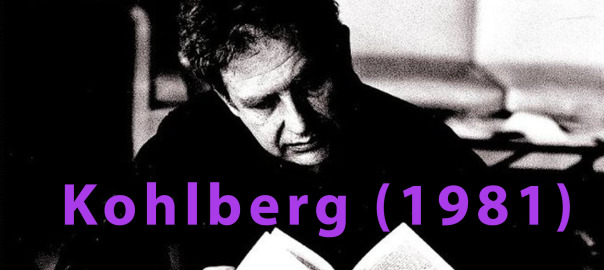Daly and Wilson (2001) – ‘Risk-taking, intrasexual competition, and homicide’, Nebraska Symposium on Motivation 47, 1-36.
Background
This is the third study we look at from the ‘Biology’ section of ‘Turning to Crime’. As part of your OCR A2 Psychology Exam. It is further categorised into ‘Gender.’
Daly and Wilson’s study focuses on gender differences in criminal behaviour. Typically there is an 80/20 spilt between the males and females who are convicted of committing crimes.
There are many explanations offered for this unequal gender divide in crime, including evolutionary explanations and social explanations.
The study took place in Chicago which has around 77 different areas, all of which have varying levels of social and economic prosperity.
Continue reading Daly and Wilson (2001)
